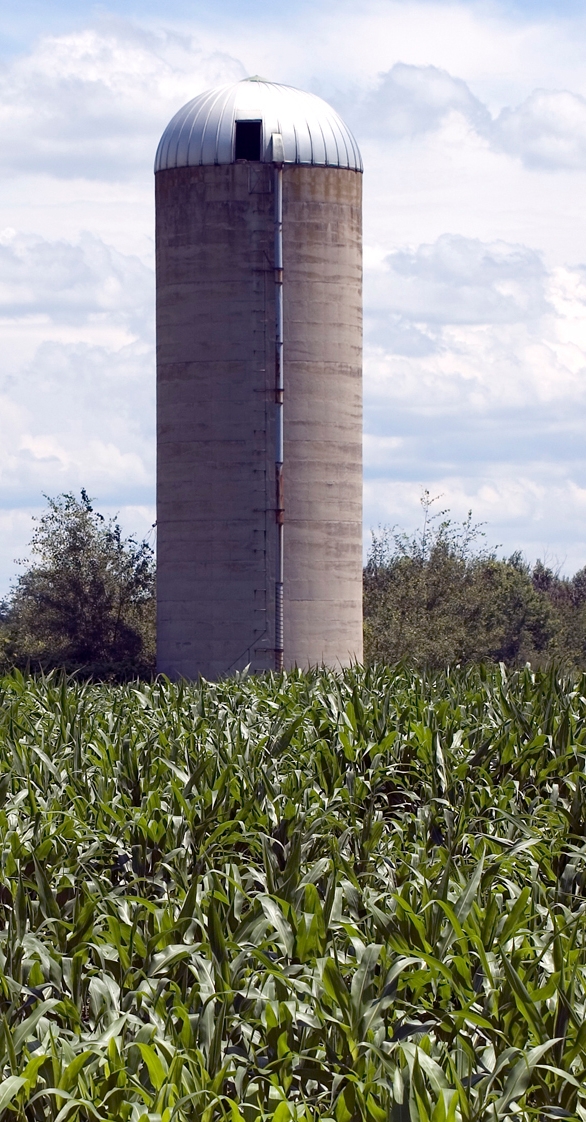A full silo means we won't go hungry over the winter.
With a growing amount of knowledge needed to be an effective extension resource, that means attending informational meetings, such as the annual "Current Issues in Vineyard Health" and the Foundation Plant Services (FPS) annual "Grape Advisory Committee" meetings, both held in Davis last week.
At those meetings, Dr. Maher Al Rwahnih, Director of the Diagnostics and Research Lab at FPS at Dr. Maher Al Rwahnih, Laboratory Director at FPS, is working to better understand Grapevine Pinot Gris Virus
Maher, working with UCCE Farm Advisors, has tested samples from 10 grape growing counties and, so far, has only identified the virus from Napa. In Napa, GPGV has been isolated from Chardonnay, Pinot Noir, Zinfandel, Malbec, Merlot, Cabernet Sauvignon, as well as other varieties.
Symptoms of Grapevine Pinot Gris virus appear similar to fanleaf and, so far, has been found present as a mixed infection with fanleaf virus. (Photo: M. Al Rwahnih).
Eriophyid mite damage brought in to my office this spring from backyard Thompson Seedless.
Unlike Red blotch and leafroll virus, the best time to sample for GPGV is in the spring. I will be surveying foothill vineyards and sending samples for testing to Maher in spring. If you think you might have Pinot Gris virus, and would like your vineyard tested, please contact me! All results will be kept confidential. This is not a quarantined pest so the testing and information is only to improve our understanding of the disease.
Until next time...and thanks for sticking with me!






